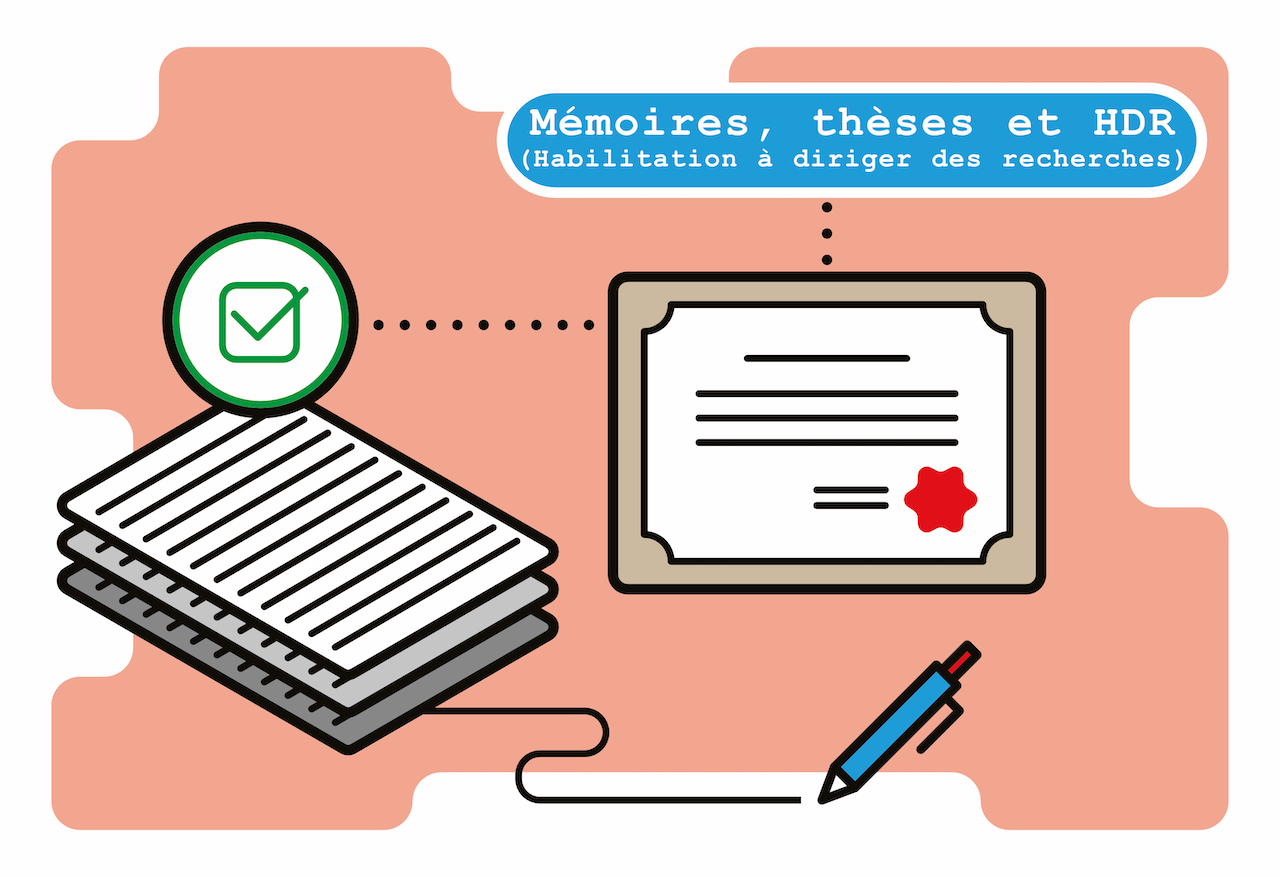Displacement and damage monitoring for masonry buildings subjected to ground movements induced by underground construction
Fiche du document
- ISIDORE Id: 10670/1.69c707...
Sujets proches
Architectural engineering Construction Buildings--Design and construction Engineering, Architectural building bâtiment monumentCiter ce document
Y Liu, « Displacement and damage monitoring for masonry buildings subjected to ground movements induced by underground construction », Oxford Research Archive, ID : 10670/1.69c707...
Métriques
Partage / Export
Résumé
Monitoring displacements and damage in masonry buildings subjected to ground movements due to nearby underground construction poses significant challenges. Existing monitoring techniques provide limited displacement data and employ simple models, such as equivalent beam models, to estimate damage. This thesis develops alternative monitoring techniques offering robust displacement monitoring and interpretation as well as direct crack detection and quantification. To collect the required measurements for algorithm development, a large-scale test campaign is initially conducted. This campaign involves three half-scale brick masonry building models, subjected to induced settlement with varying opening configurations, floor structures, and weight arrangements. Digital Image Correlation (DIC) is utilised to monitor building displacements and damage, with laser scans executed pre- and post-test. This study initially assesses the ability of widely-adopted equivalent beam models to locate and quantify damage in the test building models. To do this, the equivalent beam models utilise the DIC measurement data to infer crack widths and locations. Comparisons between the inferred and observed damage indicate that equivalent beam models underestimate crack widths and cannot accurately locate cracks. Subsequently, this research proposes an alternative formulation termed the Equivalent Frame Approach (EFA), which discretises the building façade into individual structural components. Synthetic validations through linear and non-linear Finite Element (FE) analyses show that the EFA approach captures the deformation kinematics. Using DIC displacement data from the experiments, it is demonstrated that EFA can accurately locate cracks and quantify crack widths up to moderate damage. To provide more easily obtainable displacement data for EFA analyses, a new point cloud monitoring technique is developed. The resulting Point Cloud-based Equivalent Frame Approach (PC-EFA) matches distinctive masonry surface features from pre- and post- test point clouds and filters the noisy displacement fields using appropriate kinematic functions. In addition, a Point Cloud-based Crack Detector and Quantifier (PC-Cr) approach is developed to offer direct damage detection and quantification from a kinematic perspective. Both techniques are applied and validated using the laser scan and DIC data from the test campaign. The results demonstrate the potential of PC-EFA and PC-Cr to offer reliable and robust displacement and damage monitoring for masonry buildings.
